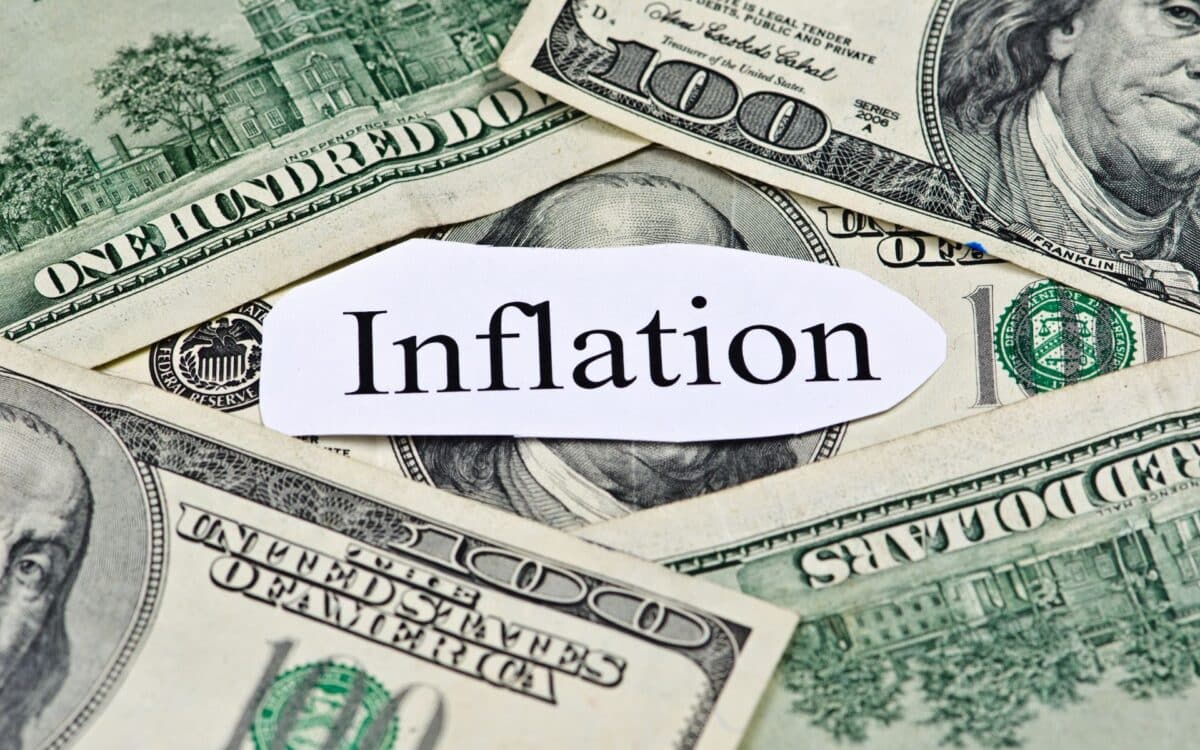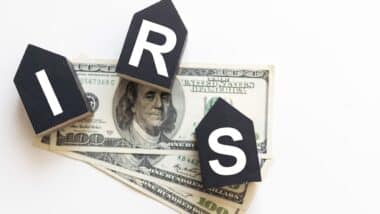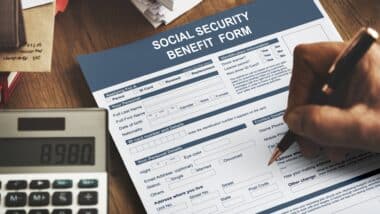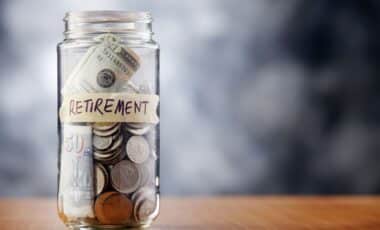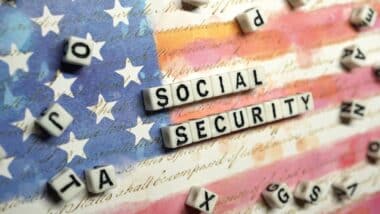Over 8 million New Yorkers are set to receive direct payments of up to $400 beginning in October, under a statewide initiative unveiled by Governor Kathy Hochul.
Designed to offer financial relief to households contending with ongoing economic strain, the program—officially named the Inflation Refund—seeks to redistribute excess sales tax revenue generated during a period of elevated prices.
According to Newsweek, the effort targets middle- and lower-income residents who continue to feel the burden of inflation, even as rates have gradually declined since their pandemic-era peak. The state plans to mail payments automatically, based on 2023 tax returns.
New York Responds to Rising Costs With Direct Relief
This is your money and we’re putting it back in your pockets – said Governor Hochul during the official announcement.
I’ll never stop fighting to help your family address the rising cost of living — and that’s why I also delivered on my promise to cut taxes for the middle class, expand the child tax credit and ensure free school meals for every student.
The program follows a continued decline in inflation since its peak of 9.1% in June 2022, though prices remain above pre-pandemic levels.
In her remarks, Hochul acknowledged that inflation has “driven sharp increases in the state’s collection of sales tax” and stated that the resulting surplus “belongs to hardworking New York families and should be returned to their pockets.”
How Much Will Residents Receive and Who Qualifies
Payments will vary by filing status and 2023 income level, and recipients do not need to apply to receive the refund. The New York State Department of Taxation and Finance will automatically issue payments to eligible individuals.
Refund tiers are structured as follows:
- Joint filers earning up to $150,000: $400
- Joint filers earning between $150,000 and $300,000: $300
- Single filers earning up to $75,000: $200
- Single filers earning between $75,000 and $150,000: $150
Eligibility requires having filed a New York State income tax return (Form IT-201) for 2023, meeting income requirements, and not being claimed as a dependent on another filer’s return.
The state will begin mailing checks in October, with deliveries continuing into November. Unlike other programs, the rollout will not follow any regional or ZIP code-based sequence.
Neighbors may receive checks on different dates, and no action is required from recipients beyond having filed their taxes.
Economists Weigh In on Potential Impact
While the payment amount may appear modest relative to household debt, economists say the refund offers timely relief for essentials. Donald Dutkowsky, professor emeritus at Syracuse University, called the initiative
More symbolic rather than impactful to New Yorkers.
The payment won’t erase large credit card debt or student loan debt carried by so many struggling households – he told Newsweek.
But obviously a refund of this type will be beneficial. It can help a household cover a lingering or delinquent bill, help it with its groceries for a short period of time.
Charles Lindsey, associate professor at the University at Buffalo School of Management, added:
Hopefully, consumers will either use it to buy necessary, essential, non-discretionary items and/or to pay down their credit card debt, loans, and other bills or financial obligations.
If this is the case, then it can be a win-win such that it can alleviate some financial pressure for consumers while at the same time not putting much additional inflationary pressure on the economy.
Officials and Lawmakers Voice Support
The refund program has drawn praise from several New York leaders. Bronx Borough President Vanessa L. Gibson said:
This initiative is a clear example of what responsive, people-centered leadership looks like, and I applaud the Governor for putting money back into the pockets of those who need it most.
Assembly Speaker Carl Heastie echoed the sentiment:
These checks will put money back into the pockets of New Yorkers, allowing them to save or spend in a way that makes sense for them.
Similar Actions in Other States
In a related move, Georgia Governor Brian Kemp, a Republican, announced last month that residents in his state would also receive payments of up to $500, based on similar income thresholds and 2023 tax filings.
These initiatives reflect broader state-level efforts to manage post-pandemic economic pressures independently of federal aid.
With over 8.2 million households set to benefit, New Yorkers should monitor their mailboxes in the coming months. No application is required, and eligibility is determined solely through 2023 tax returns and IRS records.
The Inflation Refund represents one part of Governor Hochul’s broader economic agenda, which includes middle-class tax relief, expanded credits for families, and universal access to school meals.

